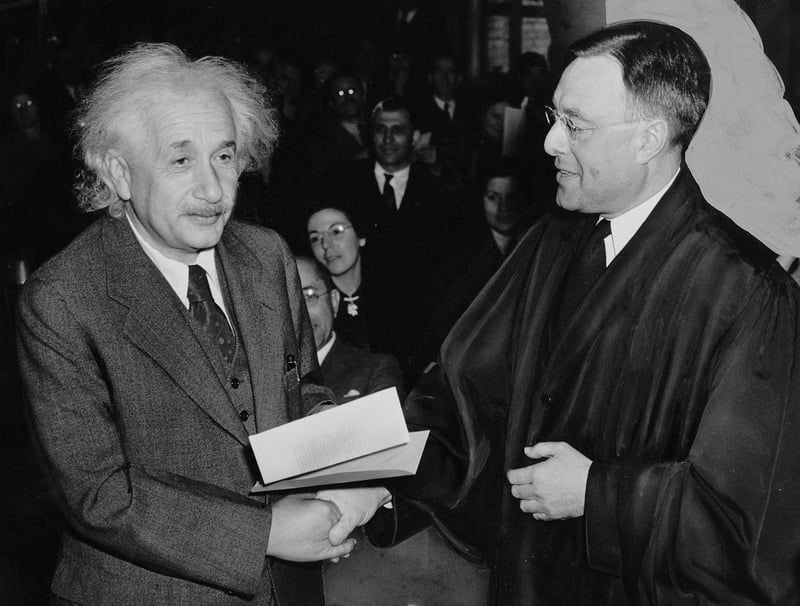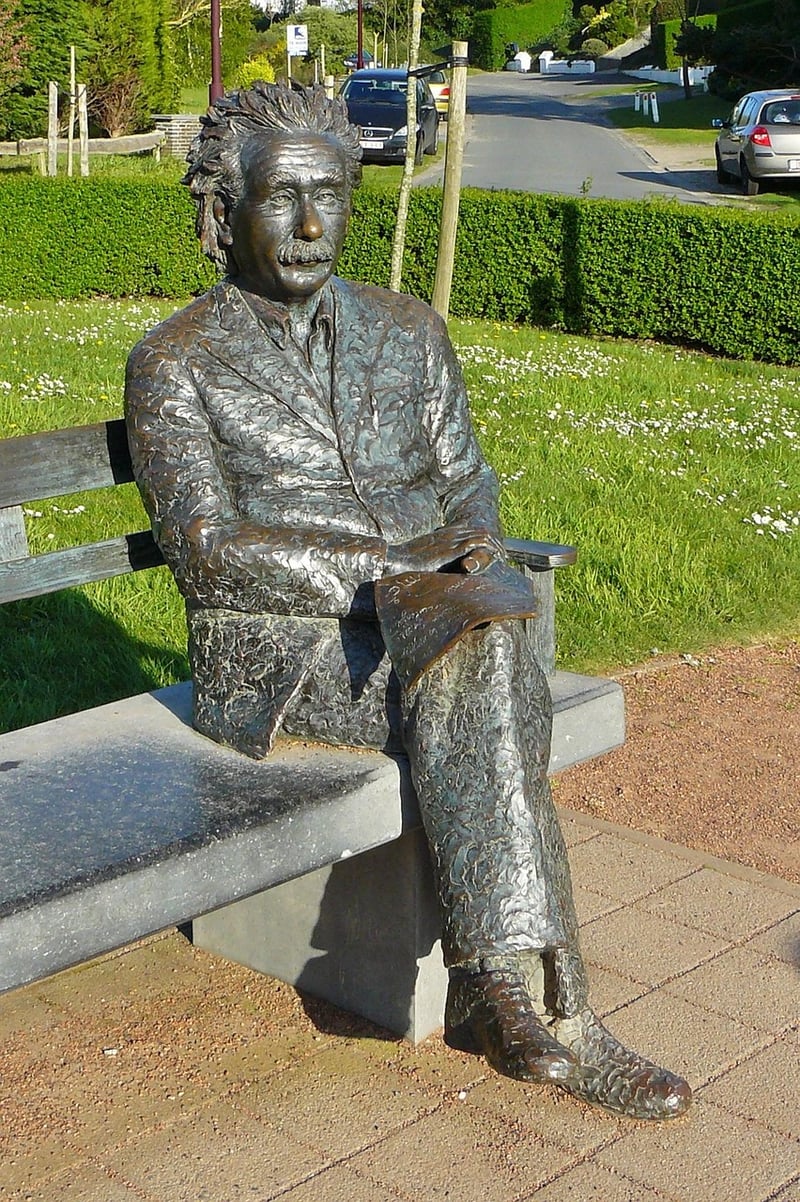Relativity
Understanding Time Physics and Relativity
Time, a concept deeply ingrained in our daily lives, has been a subject of fascination and study for centuries. In the realm of physics, time is not just a linear progression but a dynamic and intricate dimension that interacts with space, matter, and energy. When delving into the realm of time physics and relativity, we encounter mind-bending theories and principles that challenge our conventional understanding of time.
The Theory of Relativity
Albert Einstein's theory of relativity, proposed in the early 20th century, revolutionized the way we perceive time and space. The theory consists of two main pillars: special relativity and general relativity.
Special Relativity
Special relativity deals with the relationship between space and time in the absence of gravitational forces. One of the key concepts of special relativity is that the laws of physics are the same for all non-accelerating observers, regardless of their relative motion. This theory introduced the famous equation E=mc^2, which illustrates the equivalence of energy and mass.
General Relativity
General relativity extends the principles of special relativity to include gravity. According to general relativity, massive objects like planets and stars warp the fabric of spacetime, causing what we perceive as gravity. The theory predicts phenomena such as gravitational time dilation, where time moves slower in stronger gravitational fields.
Time Dilation
One of the most intriguing consequences of relativity is time dilation, where time can appear to move differently for observers in different frames of reference. In situations involving high speeds or strong gravitational fields, time can dilate, causing clocks to tick at different rates for observers.
Implications and Applications
The concepts of time physics and relativity have profound implications in various fields, including astronomy, GPS technology, and particle physics. Scientists and engineers leverage these principles to make precise calculations, understand the behavior of celestial bodies, and develop advanced technologies.
Conclusion
Time physics and relativity offer a fascinating glimpse into the intricate nature of time and its relationship with the universe. By exploring these theories and principles, we can unravel the mysteries of time, space, and motion, paving the way for new discoveries and innovations in the realm of physics.

Image by Pixabay
